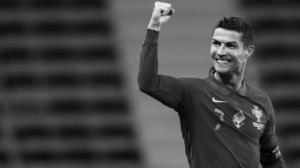This week, we had finalized our project proposal presentation as well as all the components that went into it. The planning aspect has helped us greatly so that we can see how we are progressing and how quickly we must progress to meet our deadlines. Also the project block diagram has made sure that all team members are on the same page on how integration will work and clarifies what exactly we are working on.
Drew and Joseph have set up their environments to begin work with openCV and Michael has set up his environment to work with the FPGA. All members have begun writing some code to either test out the modules and libraries they are using or to sketch out their code and plans.
We have ordered all the basic components which are needed for the computer vision aspect of the project and a github repository has been created so that we can collaborate on this aspect of the project easily.
All team members have gotten their environments setup and will begin implementation in the coming weeks as scheduled in our Gantt chart. Hence, everyone is on schedule and have met their goals for this week.



